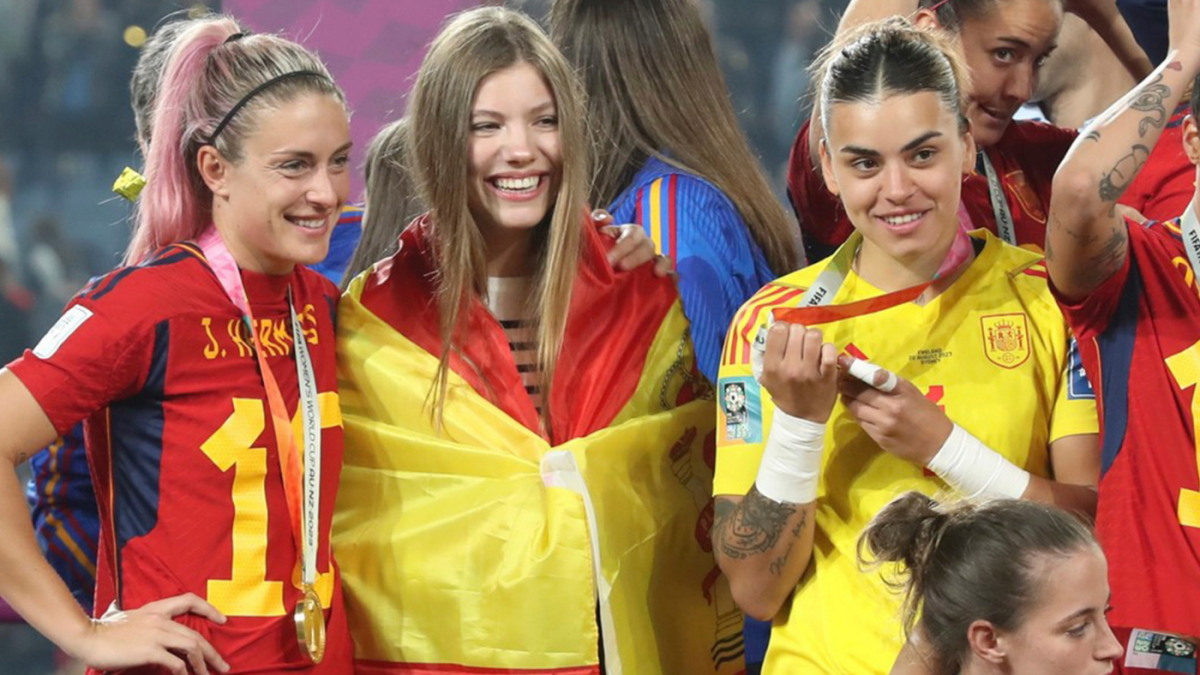“`markdown
The Future of Women’s Soccer: Analyzing the 48-Team FIFA Women’s World Cup
The FIFA Women’s World Cup is poised for a groundbreaking evolution. By 2031, the tournament will expand to 48 teams—a monumental shift that mirrors the men’s World Cup format and signals a bold commitment to gender equity in soccer. This decision, unanimously endorsed by the FIFA Council, isn’t merely a logistical adjustment; it’s a strategic move to amplify the global reach of women’s soccer, offering more nations a seat at the table of elite competition.
From Niche to Mainstream: The Tournament’s Growth
The Women’s World Cup has come a long way since its inception in 1991, when just 12 teams competed. The 2023 edition in Australia and New Zealand marked another milestone, expanding to 32 teams and shattering attendance and viewership records. The leap to 48 teams by 2031 reflects the sport’s accelerating momentum.
Key milestones in the tournament’s evolution:
– 1991–2015: Gradual growth from 12 to 24 teams.
– 2019 (France): Introduction of Video Assistant Referee (VAR) technology.
– 2023 (Australia/New Zealand): First 32-team edition, with over 1.5 million tickets sold.
– 2031 (USA): Historic 48-team debut, aligning with the men’s tournament structure.
This trajectory underscores FIFA’s recognition of women’s soccer as a powerhouse—not just athletically, but commercially and culturally.
The New Format: More Games, More Drama
The 48-team structure will feature 12 groups of four teams, a significant departure from the previous eight-group system. Here’s what changes:
– Total matches: 104 (up from 64 in 2023).
– Tournament duration: Extended by one week to accommodate the additional fixtures.
– Knockout stages: Likely to include a round of 32, intensifying the competition.
Critics argue that diluted quality could be a risk, but proponents counter that the expansion will incentivize federations to invest in women’s programs, raising the global standard over time.
Hosting Challenges and Opportunities
The United States, set to host the 2031 tournament, faces both opportunities and logistical hurdles:
– Infrastructure: Leveraging existing stadiums (like those used for the 2026 Men’s World Cup) will be key.
– Grassroots impact: Local academies and leagues could see a surge in participation, mirroring the “1999 effect” after the USWNT’s iconic victory.
– Economic boost: Projected revenue from sponsorships, broadcasting, and tourism could exceed $1 billion, setting a new benchmark for women’s sports.
Smaller nations may struggle with the expanded format’s demands, but FIFA’s revenue-sharing model could help bridge gaps in funding and development.
Beyond the Pitch: Social and Economic Ripples
The expansion isn’t just about soccer—it’s a catalyst for broader change:
– Representation: Teams from regions like Africa and Asia will gain more slots, fostering diversity.
– Youth inspiration: Visibility of underrepresented teams (e.g., Morocco’s 2023 debut) inspires girls worldwide to pursue the sport.
– Commercial growth: Brands are increasingly investing in women’s soccer, with sponsorship deals rising by 20% annually since 2019.
The Road Ahead: Challenges to Address
While the expansion is celebratory, challenges remain:
FIFA’s proposed solutions include pre-tournament training grants for emerging nations and staggered scheduling to ease player workload.
Conclusion: A Game-Changing Legacy
The 48-team Women’s World Cup is more than a format tweak—it’s a statement. By 2031, the tournament will likely be the most-watched women’s sporting event in history, a testament to decades of advocacy and athletic excellence. As the U.S. prepares to host, the world will witness a new era where women’s soccer isn’t just equal in team numbers but in cultural impact, investment, and inspiration. The beautiful game is evolving, and this expansion ensures its future is not just bigger, but brighter.
“`











